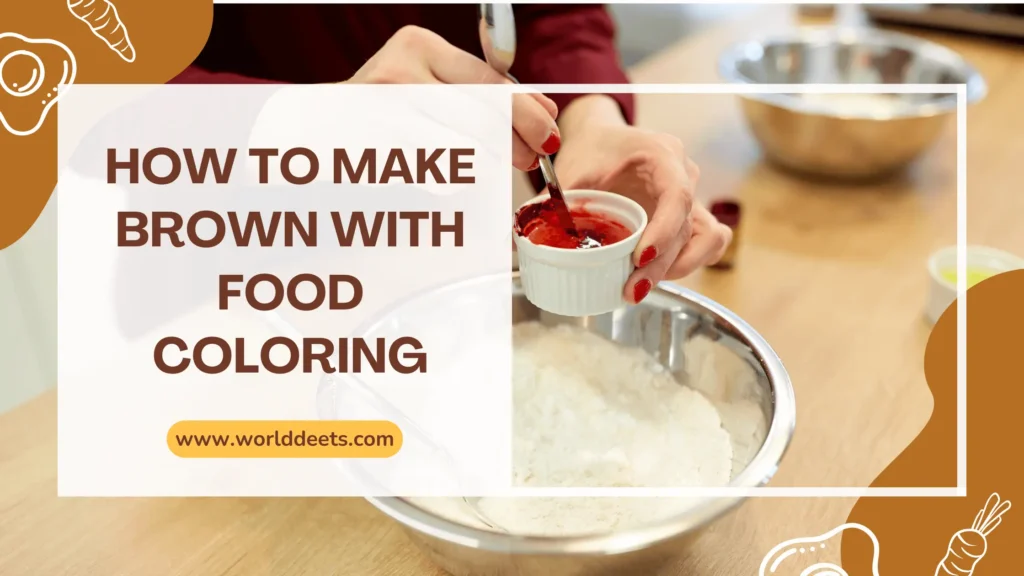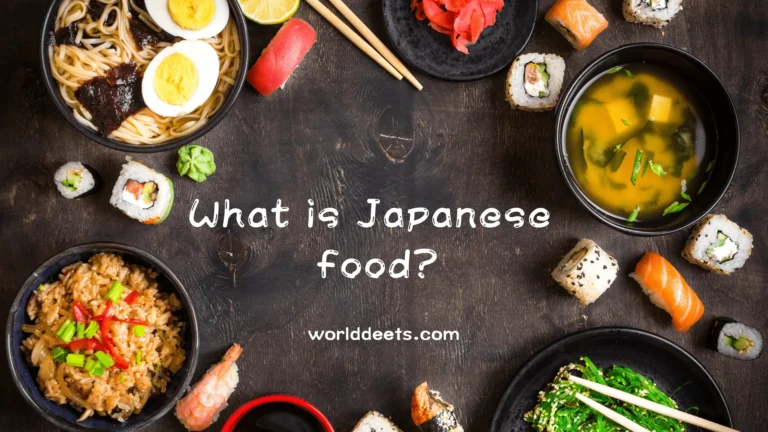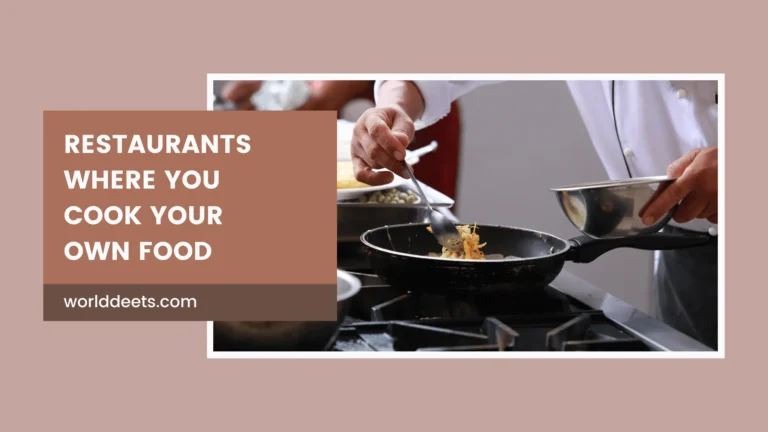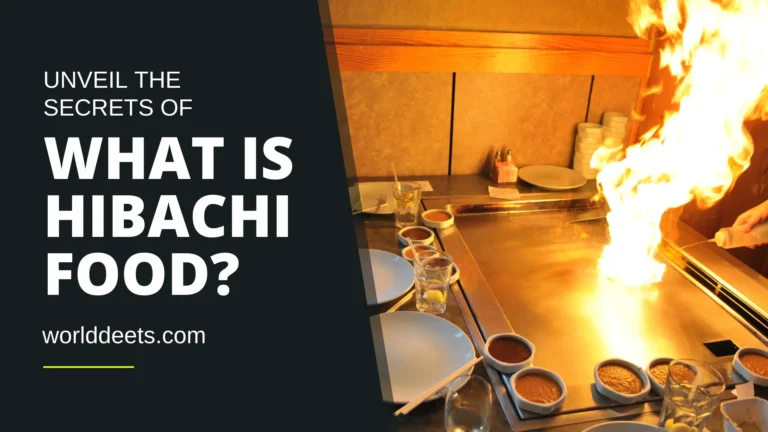How to Make Brown with Food Coloring | Culinary Art Mastery

In the vibrant canvas of culinary creation, mastering the art of how to make brown with food coloring is a skill that transcends the kitchen. Delving into the fundamentals of the color wheel and the nuances of food coloring types, this exploration unveils the intricate techniques to craft the perfect shade of brown. From enhancing the visual allure of baked goods to infusing savory dishes with appetizing hues, this journey opens doors to a world of culinary creativity. Join us in unraveling the secrets and nuances of achieving the rich and inviting tones of brown, transforming your culinary creations into masterpieces of flavor and aesthetics.
Understanding the Color Wheel
To embark on the journey of creating brown with food coloring, one must first grasp the fundamentals of the color wheel. This visual representation of colors arranged in a circular format serves as a guiding compass for artists and chefs alike. The fundamental colors—yellow, blue, and red—and secondary colors—green, orange, and purple—are the building blocks of the color wheel. Brown, being a tertiary color, emerges from the careful fusion of primary and secondary hues.
Creating Brown with Primary Colors
The simplest method involves blending equal parts of red, blue, and yellow food coloring, mimicking the amalgamation of natural pigments in the environment. The challenge lies in achieving a harmonious balance between the intensity of each color, ensuring that no single hue dominates. Gradual mixing and adjustment of ratios lead to the emergence of a rich and deep brown hue, embodying the essence of natural color blending.
Experimenting with Secondary Colors
An alternative approach involves the strategic combination of complementary colors, those found opposite each other on the color wheel. In the realm of food coloring, this entails mixing green and red, orange and blue, or purple and yellow. By adjusting the proportions of each color, a diverse spectrum of brown shades can be achieved, allowing for a nuanced control over the darkness or lightness of the final result.
Types of Food Coloring
Food coloring is available in various formulations, each with its unique characteristics. Two primary types, liquid, and gel food coloring, cater to different culinary needs.
Liquid Food Coloring
Readily available in most grocery stores, liquid food coloring is water-based and often packaged in small dropper bottles, facilitating precise measurements.
While convenient, it may require larger quantities to achieve the desired color due to its lower concentration compared to other forms.
Gel Food Coloring
Gel food coloring, distinguished by its thicker consistency and higher concentration, offers a more vibrant color payoff.
Ideal for situations where intensity and precision are crucial, gel coloring comes in an extensive range of hues, providing an extensive palette for achieving the perfect shade of brown.
Creative Applications in the Kitchen
Mastering the art of creating brown with food coloring opens the door to a myriad of culinary possibilities, allowing chefs and home cooks to infuse their dishes with a personalized touch.
- Baking:
- Elevate the visual appeal of brownies, cookies, and cakes by incorporating food coloring to achieve the desired richness in their appearance.
- Experiment with different shades of brown to complement the flavors of chocolate, coffee, or spices, turning your baked goods into works of edible art.
- Savory Dishes:
- Food coloring proves to be a valuable tool in savory cooking, enhancing the visual allure of sauces, gravies, and stews.
- Use it judiciously to achieve a deep, appetizing color in dishes where the natural hues may not fully develop during the cooking process.
- Decorative Elements:
- Unleash your creativity in cake decorating by using food coloring in the creation of decorative elements such as fondant.
- Tailor the shade of brown to match specific themes or designs, imparting a personalized and artistic touch to your confectionery creations.
How to Make Brown Fondant with Food Coloring
Now, let’s delve into the art of creating brown fondant with food coloring, a skill that adds an extra layer of creativity to cake decorating. Building on the principles of color mixing, you can customize the color of your fondant to suit the theme and aesthetics of your confectionery masterpiece. Start with a batch of white fondant, whether store-bought or homemade, as your canvas. Following the previously mentioned techniques, either combine equal parts of red, blue, and yellow food coloring or experiment with complementary colors to achieve the desired shade of brown. Knead the fondant thoroughly to ensure even distribution of color. This brown fondant becomes a versatile medium for crafting intricate decorations, sculpted figures, or textured backgrounds, enhancing the visual appeal of your cakes.
How to Make Brown Playdough with Food Coloring
For those with a penchant for hands-on creativity, making brown playdough with food coloring is a delightful venture. The process shares similarities with fondant creation. Begin by preparing a batch of plain or white playdough. Using either primary color mixing or complementary color blending techniques, incorporate food coloring to achieve a rich brown hue. Knead the playdough thoroughly to ensure the color is evenly distributed. This brown playdough becomes a versatile medium for crafting imaginative landscapes, animals, and other playtime creations, adding an extra layer of sensory enjoyment to the playdough experience.
How to Make Brown Water with Food Coloring
While the previous discussions have centered around solid mediums, the versatility of food coloring extends even to liquids. Crafting brown water with food coloring is a playful and educational activity, particularly suitable for themed parties or science experiments. Start with clear water in a transparent container. Using the principles of color mixing, add drops of the primary colors or experiment with complementary colors until you achieve the desired shade of brown. Stir the water gently to disperse the color evenly. This brown water becomes a visually engaging addition to beverage stations or a captivating component in educational activities, showcasing the transformative power of color even in liquid form.
Wrapping Up
In this colorful journey through the art of creating brown with food coloring, we’ve explored the intricacies of the color wheel, experimented with primary and secondary colors, and delved into the diverse world of food coloring types. From liquid to gel, the options are as varied as the culinary possibilities they unlock. The inventive uses in the kitchen, which range from improving baked items to spicing up savory meals and decorative accents, showcase the versatility of this artistic tool. The addition of specialized guides on crafting brown fondant, play dough, and even colored water further expands the palette of possibilities. As we conclude, let this exploration inspire your culinary and creative endeavors, inviting you to embrace the rich and inviting hues of homemade brown, transforming every dish and artistic creation into a masterpiece of flavor and visual delight.






